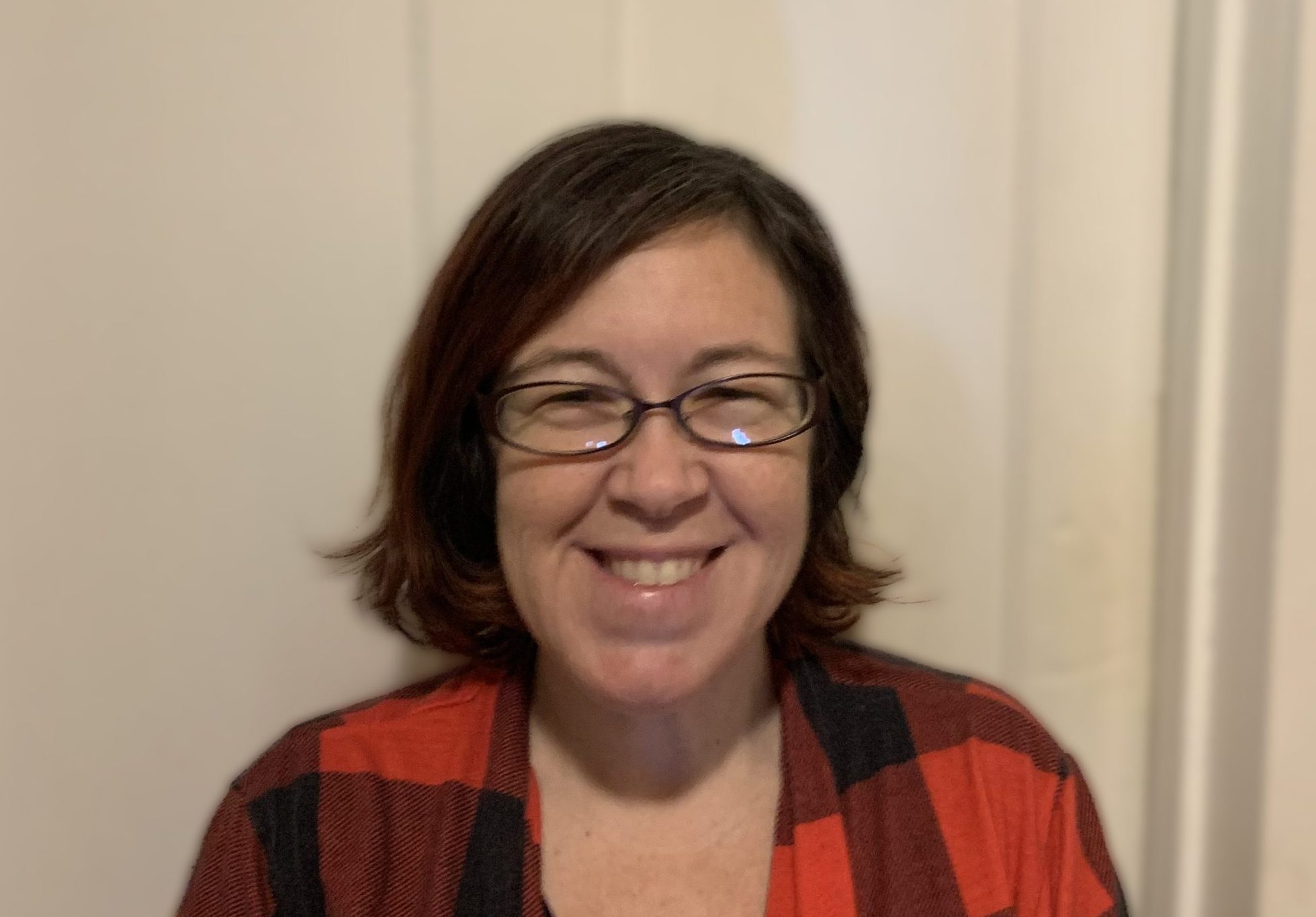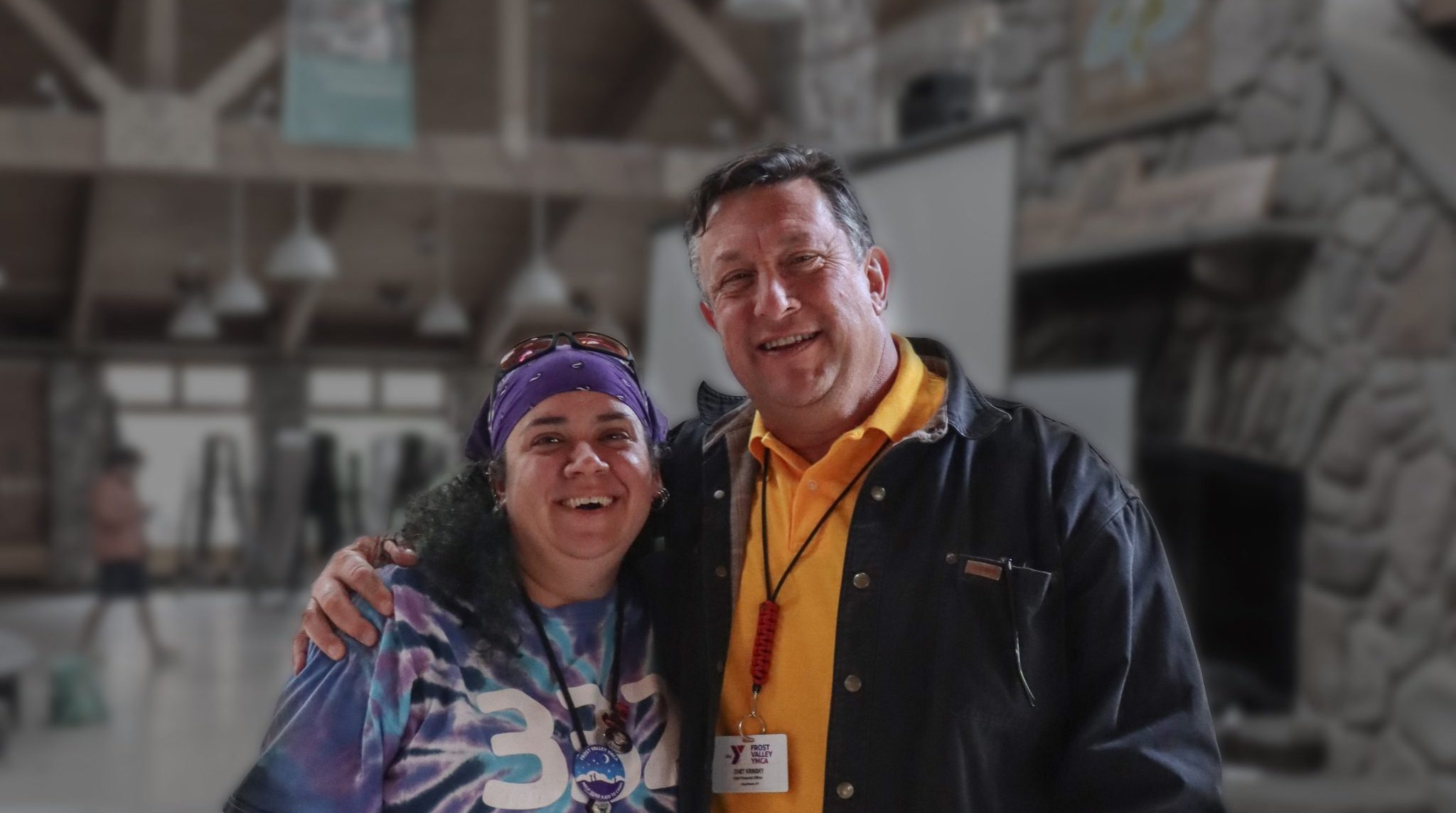
Be Part of the Composting Community!
One of Frost Valley’s longest-standing and most effective Earth-friendly programs is our resource management system that converts food waste into compost. I recently had the chance to put together some numbers about the impacts of this system and realized that sharing those numbers is the perfect opportunity to also invite you to join us in composting with a simple home or backyard compost set-up. This post will help get you started!
The Impacts of Frost Valley Composting
Composting at Frost Valley has been around since 1990. At the end of each meal, with your help, we carefully collect food waste, napkins, wooden coffee stirrers, and compostable cups (anything that was “once alive”) in red-topped “Compost” bins.
Every year, we collect about 50 tons of food and paper-based waste and transport it just a mile down the road to our Resource Management Center, where we harness the natural process of decomposition to create soil.
The process takes about six months in total and the benefits are many. Our system produces valuable compost as fertilizer for our gardens, saves about $10,000 in landfill hauling and tipping fees each year, and prevents the carbon emissions associated with transporting the equivalent of six months’ worth of our trash to the landfill.
Composted food waste also generates lower levels of greenhouse gas emissions during the decomposition process than land-filled food waste. Just like leaves on the forest floor, food waste naturally generates carbon dioxide as it breaks down into its component nutrients. Low amounts of oxygen in a landfill environment, however, cause carbon to decompose into methane instead of carbon dioxide. When emitted into the atmosphere, methane traps more than twenty times as much heat as carbon dioxide, leading to more global warming per molecule of methane emitted than per molecule of carbon dioxide emitted.
Drawing on some tools from the EPA, I estimate that by allowing food waste to decompose more naturally in the presence of oxygen, compost systems like ours prevent about 60% of the greenhouse gas emissions that would be generated by food sent to decompose in a landfill.
How to Start Your Own Backyard Compost System
Frost Valley employees have the option of becoming “Community Compost” members and bringing their at home food waste to add to the compost process at work. You too can join in this spirit of Community Composting! With a small amount of research, it’s easy to start your own composting system in your home or backyard.
For a basic backyard system, you’ll want to build a 3’x3’x3′ pile (you can purchase a bin if you prefer) and add two parts dry leaves, wood chips or other brown carbon source to one part kitchen scraps or green grass clippings (the nitrogen source). Avoid adding fats, grease, oils, meat, fish, or dairy because these attract pests. Things like coffee grounds and filters, vegetable scraps, egg shells, and banana peels are great. Bury the kitchen scraps about a foot deep in the pile each time you add them and turn the pile over with a shovel every few weeks to keep oxygen circulating.
If it’s working well, the temperature of the pile should be between about 90 and 140 degrees Fahrenheit and the compost will be ready in several months. The best time to add compost to your garden is in the fall so that it has the winter to kill off any pathogens, though if it is fully finished, you can easily add it in the spring to great effect. When it’s time to add the compost, spread a 1-2″ layer and incorporate it with a shovel to about 6-8″ deep in your garden soil.
There are many useful web resources on composting. This guide from the Cornell Cooperative Extension is a great place to start.
And if you don’t have space in your backyard to add a compost pile, don’t worry! You can use worms to make compost in a bin inside your home using a process called vermiculture. Take a look at this link for more information.

Happy Composting!
Katharine
ABOUT THE AUTHOR
Katharine Chute
Katharine Chute is the Sustainability Coordinator at Frost Valley YMCA. She works on projects ranging from renewable energy and recycling to habitat enhancement and local food production. She is originally from Minnesota, where she first developed her love of the outdoors on canoe camping trips near the Canadian border. Here in New York, she enjoys exploring the Catskill Mountains by foot and bike and sharing her love of the natural world with others!
More posts by Katharine Chute
Categories
- Posts
- Comments
#frostvalleyymca


















Comment